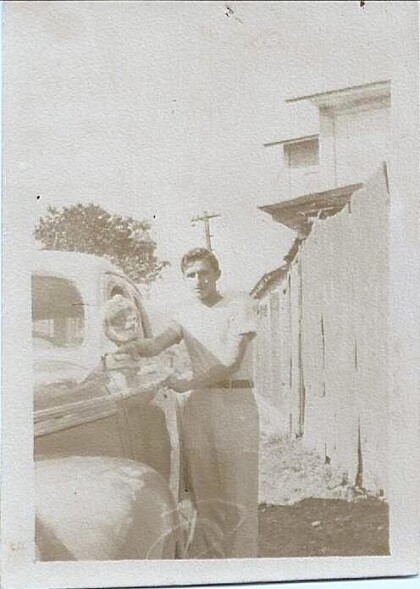Reportar esta entrada
Más sobre la misma comunidad-colección
Texas Western Team at the White House 2006
White House Celebration for the Texas Western 1966 Champions.
Rick Kern's Vocal Show Band - Tapestry, with Guy Lombardo.
This picture was taken in Springfield, Ohio right after one of ...






























Comentarios
Hacer un comentario